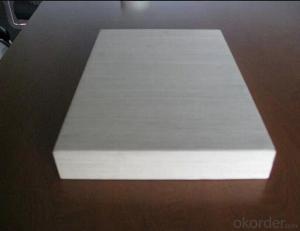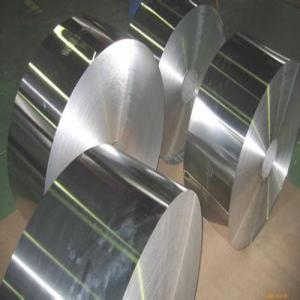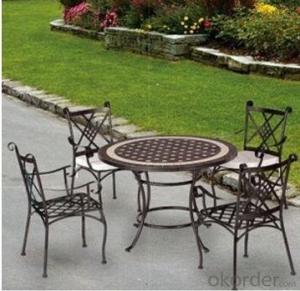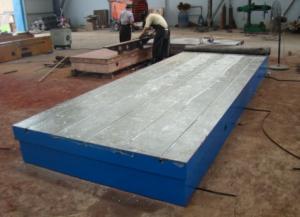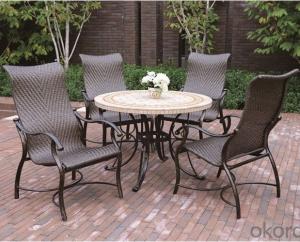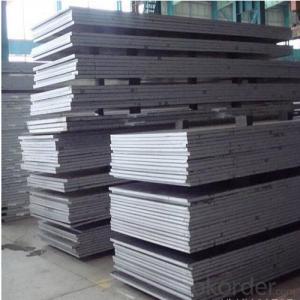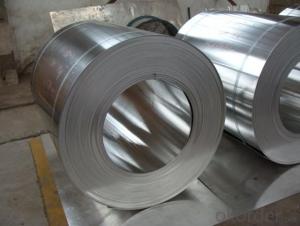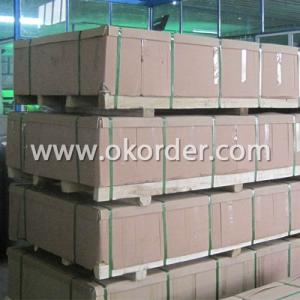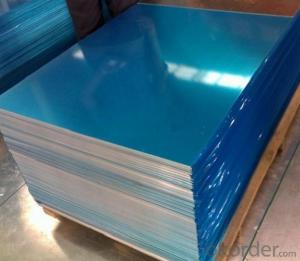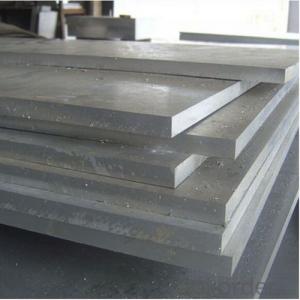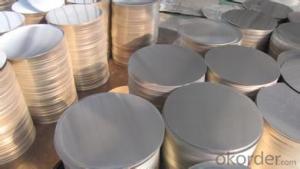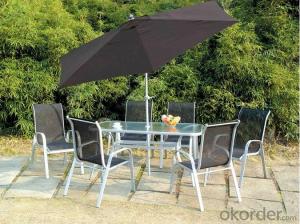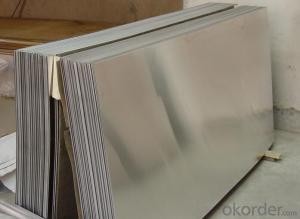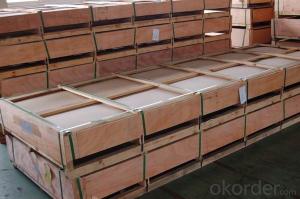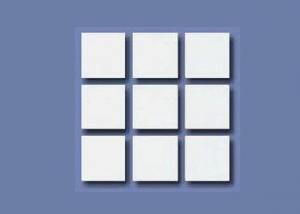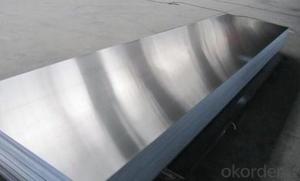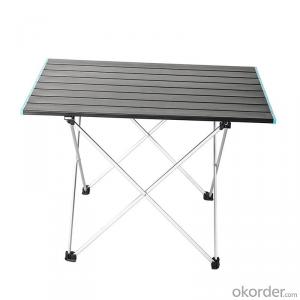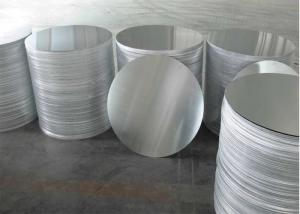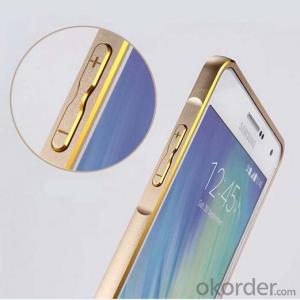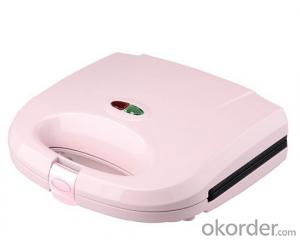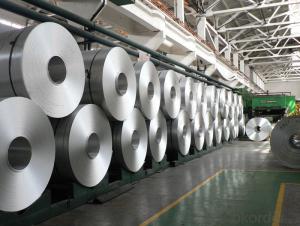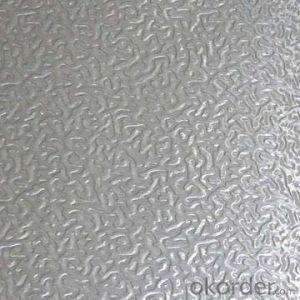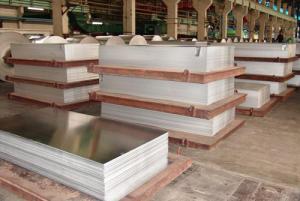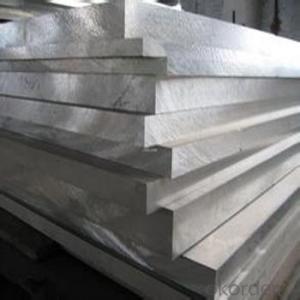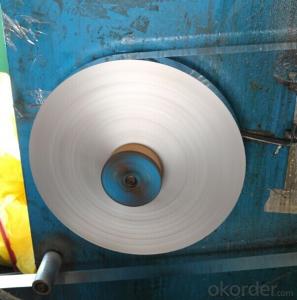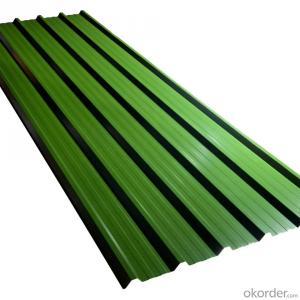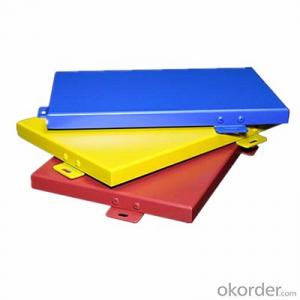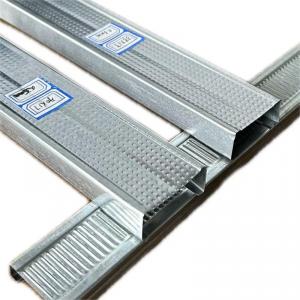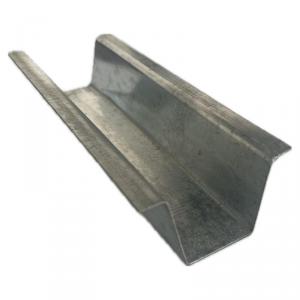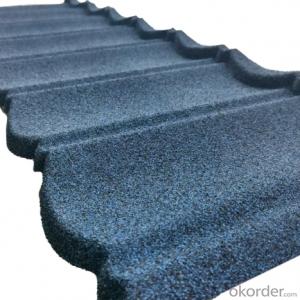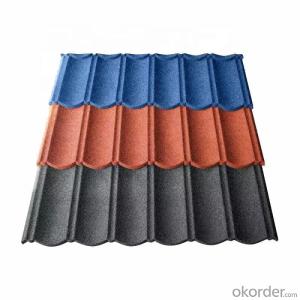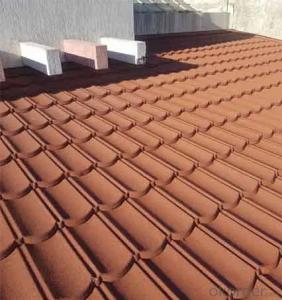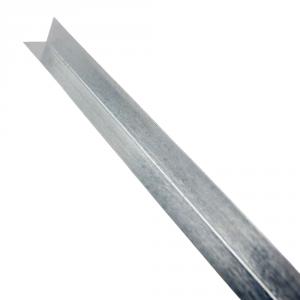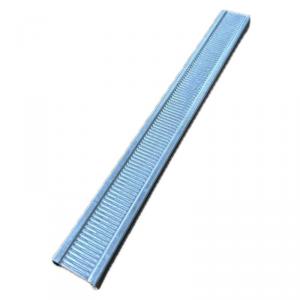Mic6 Cast Aluminum Plate
Mic6 Cast Aluminum Plate Related Searches
Mic6 Aluminum Plate Mic 6 Cast Aluminum Plate Alcoa Mic 6 Aluminum Cast Plate Mic-6 Aluminum Plate Mic 6 Aluminum Plate Mic 6 Aluminum Plate Specs Mic 6 Aluminum Tooling Plate Mic 6 Aluminum Jig Plate Aluminum Cast Plate 6x6 Aluminum Plate Aluminum Tooling Plate Mic-6 T6 Aluminum Plate Mic 6 Aluminum Plate Suppliers 6 Aluminum Plate Mic 6 Aluminum Plate Flatness 6mm Aluminum Plate Cast Aluminum Tooling Plate 6101 T6 Aluminum Plate Aluminum Mounting Plate Cast Aluminum Jig Plate 6 Inch Round Aluminum Plate Atp 5 Cast Aluminum Plate 6061-T6 Aluminum Plate 6061 T6 Aluminum Plate Aluminum Build Plate Mcmaster Aluminum Plate 2014 T6 Aluminum Plate Aluminum Metal Plate Aluminum Flat Plate Cast Aluminum License PlateMic6 Cast Aluminum Plate Supplier & Manufacturer from China
Mic6 Cast Aluminum Plate is a high-quality aluminum alloy material that is widely recognized for its excellent mechanical properties, corrosion resistance, and heat treatment capabilities. This material is specifically engineered to meet the demands of various industries, making it a popular choice for numerous applications. Mic6 Cast Aluminum Plate's superior strength and durability make it ideal for use in aerospace, automotive, and heavy machinery components, as well as in the construction and marine industries.The Mic6 Cast Aluminum Plate is extensively used in applications where high strength, wear resistance, and dimensional stability are required. Its excellent machinability and heat treatability make it suitable for intricate components and parts that demand precision and reliability. In addition, its resistance to corrosion and ability to withstand high temperatures make it a preferred choice for components exposed to harsh environments or operating under extreme conditions.
Okorder.com is a leading wholesale supplier of Mic6 Cast Aluminum Plate, offering a vast inventory of this premium material to cater to the needs of various industries. With their extensive range of products and commitment to quality, Okorder.com ensures that customers receive the best possible Mic6 Cast Aluminum Plate for their specific applications.
Hot Products

